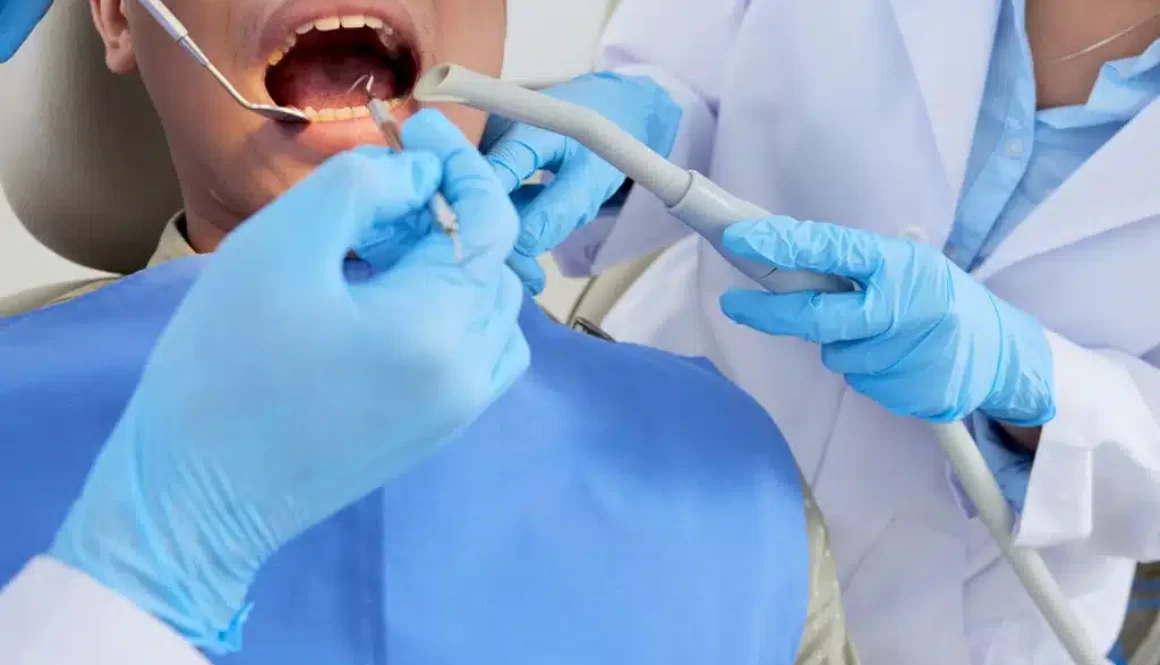What Are The Types Of Dental Emergencies
Blog
What Are The Types Of Dental Emergencies
Taking care of oral health is essential, but dental emergencies often put individuals in dire panic and pain. Understanding these emergencies can help you react promptly, ensuring faster relief and recovery.
This article will discuss the different types of dental emergencies, their features, and why prompt attention is necessary. We’ll provide you with actionable tips and advice on handling such situations, thus equipping you with the knowledge to deal with these unexpected challenges.
- Severe Toothache: A toothache that persists and increases in intensity over time can indicate an underlying dental emergency like an abscess or an infection.
- Issue: An intense, throbbing pain often characterizes these toothaches.
- Correction: Prompt attention to these toothaches helps prevent the infection from spreading, thus maintaining oral health.
- Broken or Cracked Teeth: Accidental injuries can lead to cracked or broken teeth, causing severe pain and potentially impacting the tooth’s nerve.
- Issue: Usually accompanied by sharp pain, especially when eating or drinking.
- Correction: Getting immediate treatment can save the tooth from needing to be extracted.
- Lost Dental Filling or Crown: Dental fillings or crowns might fall out, exposing the affected tooth and causing discomfort.
- Issue: This emergency often causes tooth sensitivity, particularly to hot and cold food or drink.
- Correction: Promptly addressing this issue can prevent further damage to the tooth and reinstate its functionality.
- Prolonged Bleeding Gums: While minor bleeding is common during brushing or flossing, prolonged bleeding can indicate gum disease or injury.
- Issue: Prolonged, unexplained bleeding that swollen or red gums may accompany.
- Correction: Promptly addressing this emergency can prevent the onset of severe gum diseases and tooth loss.
- Abscessed Tooth: An abscessed tooth is a painful infection at the root of a tooth or between the gum and a tooth.
- Issue: It often causes extreme pain, swelling, pus, and sometimes fever.
- Correction: Immediate treatment relieves pain and prevents the spread of infection.
- Dislodged Tooth: An injury can dislodge a permanent tooth, causing an immediate dental emergency.
- Issue: A knocked-out tooth causes an empty socket, bleeding, and can be painful.
- Correction: Immediate dental intervention can save the tooth, preventing the need for implants or bridges.
- Swelling or Knots on Gums: Swelling or knots on gums may indicate an abscess or infection that needs immediate attention.
- Issue: Tenderness, swelling, or the appearance of knots on the gums.
- Correction: Timely treatment can alleviate discomfort and prevent the infection from spreading further.
Conclusion:
Dental emergencies can occur at any time and require immediate attention. Understanding the different types of dental emergencies and their implications can make the difference between saving and losing a tooth. Correctly recognizing these situations and responding can provide relief, prevent complications, and preserve your beautiful smile.
If you ever are in a dental emergency, don’t hesitate to get professional help. Act promptly to protect your oral health!
Are you experiencing a dental emergency?
Don’t delay!
Call us at (519) 641-1411, email us at info@appletreedental.ca, or visit our website at www.appletreedental.ca. Remember, your smile is our top priority!
“Unravelling Dental Emergencies, One Tooth at a Time”
Article compiled by Apple Tree Dental















